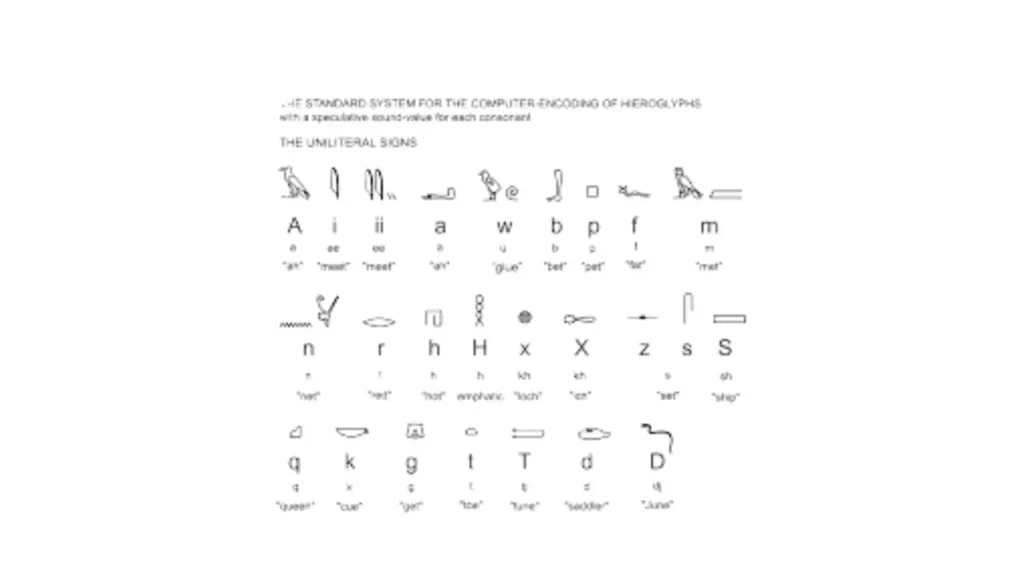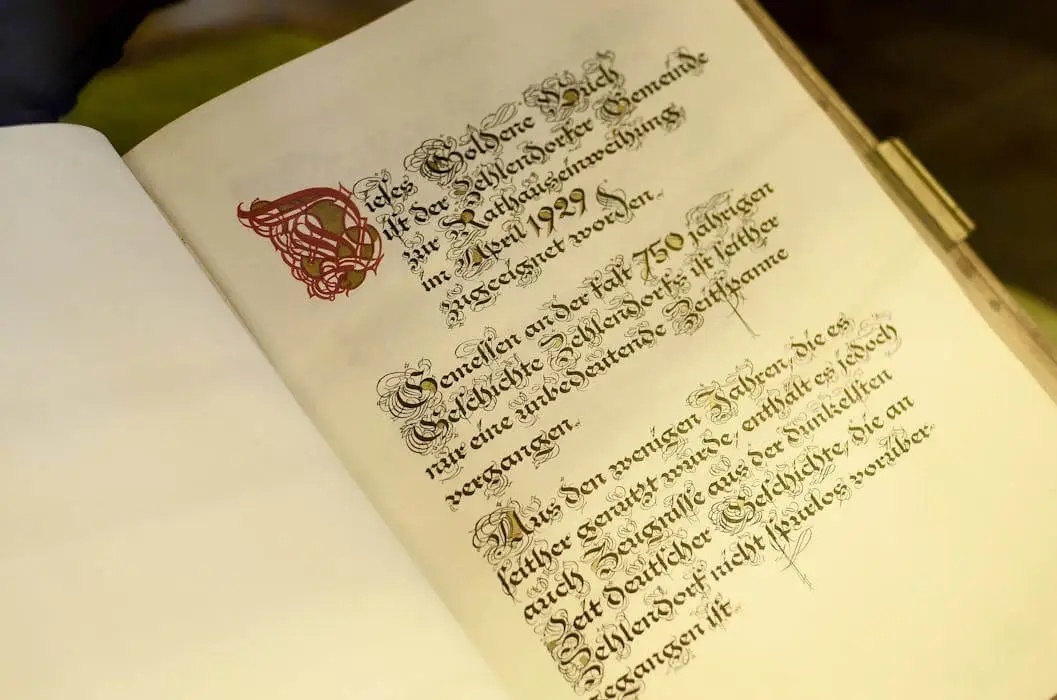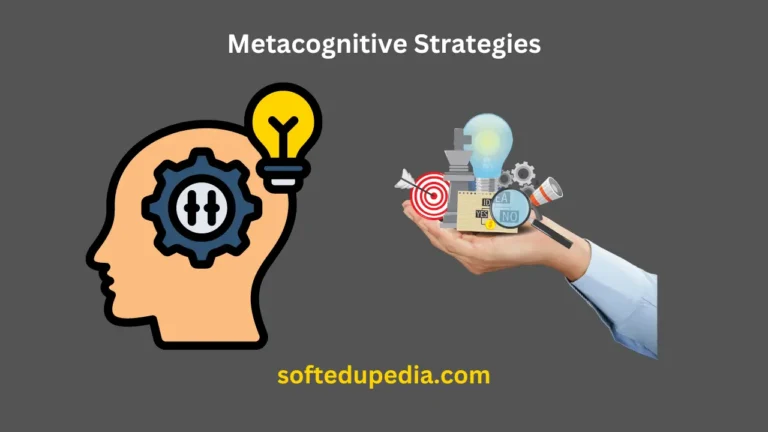When Was Reading Invented? A Comprehensive Guide
In this post, we are going to discuss “when was reading invented. Essential for modern civilization, reading shapes culture, education, and communication. Learning to read helps people to acquire knowledge, share ideas, and engage in informed civic life. Still, reading is a long and complex trip spun over the fabric of human history. Investigating the beginnings and growth of reading reveals its great importance in the general advancement of societies. This blog post will explore the chronology of reading’s inception, following its foundations, the development of early writing systems, the function of ancient civilizations in fostering literacy, and the social effects being felt now.
Table of Contents
The Origins of Reading
What is Reading
One definition of reading is the interpretation and understanding of written symbols. Individuals must decode a code—be it an alphabetic, syllabic, or logographic system—to extract information or narrative, therefore combining decoding, recognition, and comprehension. Which must be cultivated concurrently are fundamental components like phonological awareness, vocabulary knowledge, and comprehension abilities. Reading involves a complicated interaction of cognitive, linguistic, and environmental elements rather than only a way to translate symbols on a page. Knowing this framework helps one to appreciate how reading has changed throughout many civilizations and eras.
The Evolution of Communication
Reading develops against the background of the changes in communication. Early people passed on stories, knowledge, and cultural standards mostly through oral traditions. Although this storytelling tradition created a complex tapestry of social interactions, it had restrictions, especially about the spread of knowledge among generations. With written language, ideas, thoughts, and events could be recorded, therefore bringing about a transforming change. This change from oral to written communication established the foundation for formal education, let cultures widen their intellectual and cultural horizons, and finally resulted in the general reading habit by opening the way for new cognitive advances.
Early Writing Systems
The First Written Symbols
Reading’s path is naturally linked to the development of writing systems. Around 3400 BCE, some of the first known forms of writing developed in ancient Sumer when cuneiform signs were pressed onto clay tablets. While they were useful for trade and record-keeping, these early symbols also set the foundation for more intricate stories and legal paperwork. Analogous ancient Egyptian hieroglyphics developed in the same century and converted spoken words into a graphic form.
Every early writing system was distinctive, tailored to fit the demands of its civilization, and represented a great step forward in human communication. This development was not straightforward as different cultures created unique scripts depending on their linguistic systems, therefore adding to the varied fabric of written languages.
Alphabet Development
In the history of writing and reading, the evolution of the alphabet marked a major turnabout. Unlike previous systems loaded with complex symbols, alphabets reduced the process by using a small number of letters to represent sounds. Developed in 1050 BCE, the Phoenician alphabet is sometimes regarded as one of the earliest real alphabets and had a significant influence on later writing systems like Greek and Latin. Greater flexibility and adaptability made possible by the alphabetic principle helped to enable literacy among more general groups of people. This invention not only transformed written communication but also made it possible to effectively transmit knowledge, therefore supporting educational activities and finally creating an atmosphere where reading would flourish.
Ancient Civilizations and Reading

Reading in Ancient Egypt
Reading was closely entwined with governmental and religious activities in ancient Egypt. From massive inscriptions to holy books, Egyptian hieroglyphics—a sophisticated mix of logographic and alphabetic elements—were painstakingly created to fulfill many purposes. In this setting, reading was usually confined for a select class of scribes and priests educated in the subtleties of hieroglyphics. By documenting occurrences, handling financial matters, and spreading holy knowledge, scribes were crucial in preserving the sociopolitical balance. The respect paid to written books highlighted the importance of reading as the ancient Egyptians thought that words had power, in this and the next world.
Reading in Ancient Mesopotamia
Known as the cradle of civilization, ancient Mesopotamia housed some of the first known types of writing—cuneiform. Originally created for accounting needs about 3200 BCE, cuneiform changed to convey a spectrum of ideas from administrative records to literature. Mesopotamia’s reading was essential for trade and government; scribes were a specialized elite that preserved a body of knowledge. One of the first pieces of literature, the Epic of Gilgamesh captures the complexity of reading and writing in Mesopotamian civilization, showing how books may capture moral conundrums, personal experiences, and cultural ideals, therefore impacting later literary traditions.
Contributions from Ancient China and Greece
Both ancient Greece and China contributed fundamental contributions to reading habits, each thus promoting a different perspective of written language. Using logographic Chinese characters helped ancient China preserve intricate concepts and cultural stories. Confucian books, for example, become vital to government and education, therefore supporting the social value put on reading and writing. In Greece, meantime, the development of the Greek alphabet from Phoenician symbols helped literacy to flourish. Public conversation, philosophy, and the arts flourished as individuals like Homer and Plato shaped reading patterns from their seminal works. These civilizations taken together helped to create the roots of literacy that still show in modern reading habits.
Societal Impact of Reading
Spread of Literacy
The expansion of reading in prehistoric communities has far-reaching consequences for political, cultural, and financial growth as well as for Reading grew increasingly popular and broke across social classes to empower more people and promote diversity. This democratization of information helped public conversation and discussion to arise, therefore motivating people to interact with concepts beyond their own experience. Furthermore connected to literacy was the spread of written laws, ethical norms, and bureaucratic institutions creating government and order. The growth of educational institutions like libraries and colleges accelerated this change and opened doors for knowledge acquisition that would prepare next generations.
The Role of Scribes
Acting as the guardians of knowledge, scribes helped to close the divide between the literate and uneducated inhabitants of past nations. Their writing and reading skills gave them a great impact on the information’s distribution and recording. Scribes kept historical tales and cultural customs for next generations in addition to recording events and transactions. Scribes’ training usually consisted in years of demanding instruction, underscoring the importance of literacy in prehistoric societies. Emphasizing how closely reading is entwined with the fabric of society, scribes, major participants in both governmental and religious sectors, were crucial in forming national identities and collective memory.
Key Milestones in Reading History
The Invention of the Printing Press
A turning point in the history of reading and literacy came with the 15th-century printing press creation. The mass book manufacturing made possible by Johannes Gutenberg’s breakthrough machine greatly lowered costs and improved the availability of written materials. This technical development democratized knowledge and made it possible for more people to interact with philosophy, science, and literature outside of elite circles Consequently, literacy rates skyrocketed and the dissemination of printed materials drove the first waves of the Renaissance and Reformation, dramatically transforming Europe’s intellectual and cultural landscape.
Formation of Libraries
The development of reading habits has been much aided by the founding of libraries over millennia. Ancient societies such as Greece and Mesopotamia started to compile books, therefore conserving intellectual and literary works for next generations. As public and academic libraries grew in the mediaeval and early modern eras, the idea of reading as a collective activity developed, therefore promoting dialogue and cooperation between many groups. Libraries evolved into information sanctuaries that promoted study and curiosity while also providing tools for academics, students, and the general public—so magnifying the social influence of reading as a basic component of education and culture.
The Future of Reading
Reading methods will surely alter as technology develops fast and surely. The emergence of audiobooks and audiobooks offers substitute ways to access textual materials, therefore accommodating different tastes and ways of life. Furthermore, developments in artificial intelligence might change our knowledge absorption process by providing tailored reading experiences depending on certain learning styles and interests. One thing is clear regardless of future form: reading will always be essential for human civilization to shape our education, culture, and shared knowledge.
The history of reading is evidence of its continuing importance in human growth and evolution overall. Deep reading skills must be preserved and nurtured as we enter a world going more and more digital and accept new kinds of literacy that will help us toward a future of learning and discovery. Reading keeps on a path with countless opportunities just waiting to be discovered. Let us go together toward a more educated, linked, and enlightened worldwide community.
Conclusion
All things considered, the path of reading—from its beginnings in prehistoric societies through the transforming creation of the printing press, to the building of libraries and the arrival of contemporary technologies—showcases its ongoing importance in forming human knowledge and culture. Important benchmarks like the increase in literacy among many groups and the major roles scribes and educational institutions play show how reading has enabled communication, learning, and the sharing of ideas. Looking ahead, technological developments continue to shape reading patterns and guarantee that the basic act of reading stays vital in our intellectual and cultural life.
We want you to think back on your own reading experiences and see how they have changed your viewpoint. Which books or writings changed your perspective? We cordially welcome you to leave comments, thereby fostering a group conversation honoring the value of reading in our life. Let us keep welcoming the path of reading and its countless opportunities to link us to the past, present, and future. Thus, keep reading, keep learning, and keep exploring as by doing so we honor the tremendous tradition of reading that has molded society.






